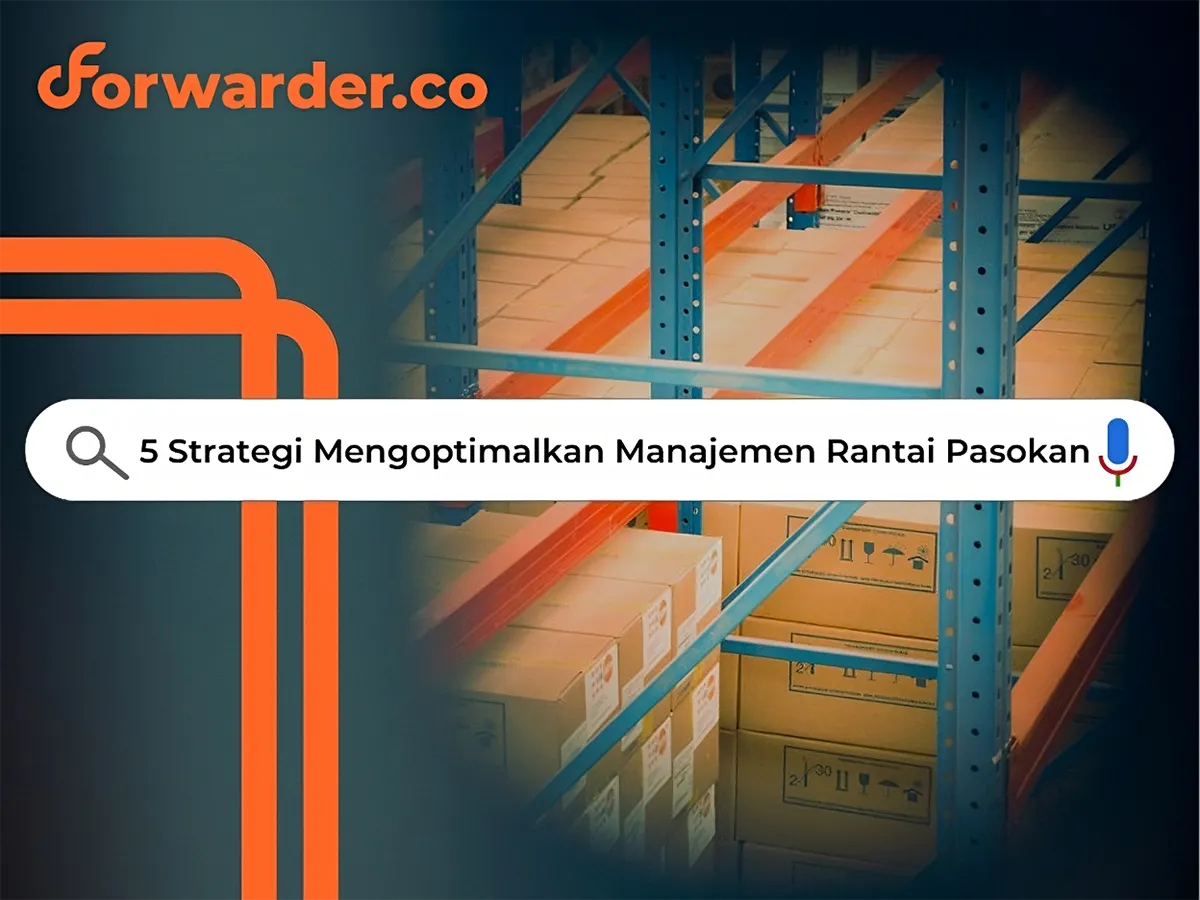
Supply chain management is a crucial aspect of any business, as it directly impacts operations, costs, and ultimately, customer satisfaction. In order to streamline and enhance supply chain processes, businesses can implement various optimization strategies. Here are five key strategies that can help improve supply chain management:
Effective planning is essential for optimizing supply chain management. By forecasting demand, analyzing trends, and ensuring adequate inventory levels, businesses can prevent stockouts and reduce excess inventory. Additionally, proper planning enables businesses to identify potential bottlenecks and address them proactively, resulting in smoother operations and improved efficiency.
Collaborating with suppliers, manufacturers, and other partners can greatly enhance supply chain management. By fostering strong relationships and communication channels, businesses can improve coordination, increase transparency, and drive innovation. Collaborative partnerships also provide access to new resources, technologies, and expertise, which can help businesses stay competitive and adapt to changing market conditions.
Regularly evaluating the performance of employees, suppliers, and other stakeholders is essential for optimizing supply chain management. By setting clear KPIs, tracking progress, and providing feedback, businesses can identify areas for improvement and implement targeted solutions. Work performance evaluation also enables businesses to recognize top performers, reward excellence, and foster a culture of continuous improvement.
Supply chains are inherently vulnerable to various risks, such as natural disasters, geopolitical events, and supply chain disruptions. Efficient risk management strategies, such as diversifying suppliers, implementing contingency plans, and using technology to monitor and mitigate risks, can help businesses protect their supply chains and minimize the impact of unforeseen events. By being proactive and prepared, businesses can maintain continuity and resilience in the face of challenges.
As sustainability becomes a growing concern for consumers and regulators, reducing carbon footprint is becoming increasingly important for supply chain management. By optimizing transportation routes, using eco-friendly packaging, and sourcing materials responsibly, businesses can minimize their environmental impact and enhance their reputation as a socially responsible business. Reducing carbon footprint not only benefits the planet but also leads to cost savings and operational efficiencies in the long run.
In conclusion, implementing these five supply chain management optimization strategies can help businesses enhance efficiency, reduce costs, and strengthen customer relationships. By making proper planning, fostering partnerships, evaluating work performance, managing risks efficiently, and reducing carbon footprint, businesses can build a robust and sustainable supply chain that drives success in today's competitive marketplace.
Booking, cek harga, pilih rute, dan tracking barang, semua bisa kamu lakukan lewat
forwarder.ai.
Nggak ada lagi cerita tanya-tanya manual. Hemat waktu, hemat tenaga, dan tetap punya kontrol
penuh atas pengirimanmu.
